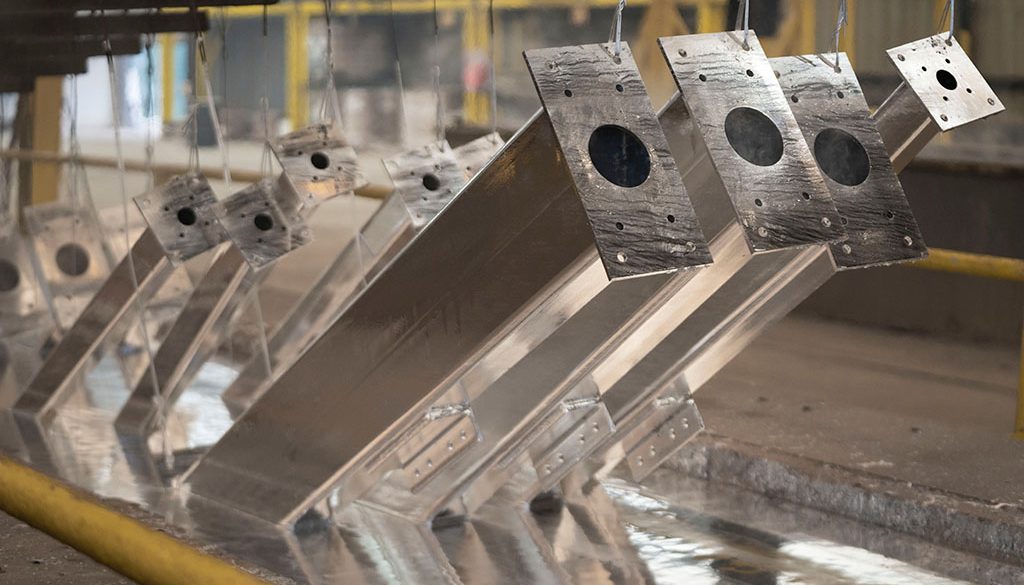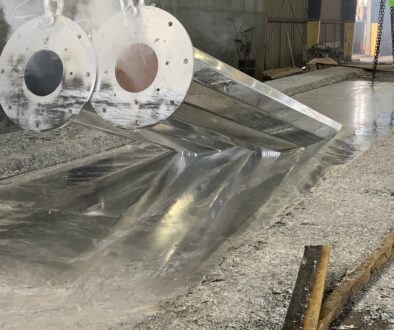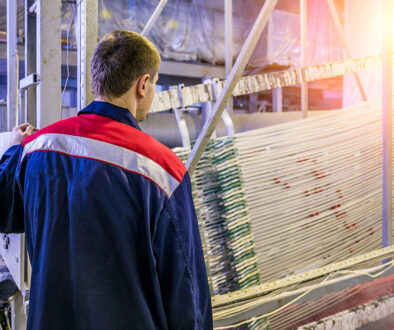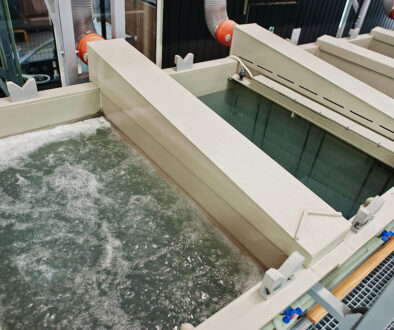How Thick is Hot-Dipped Galvanizing?
Galvanized materials boast superior durability and corrosion resistance, making them the preferred option for construction projects. The superpower qualities of the materials come from their protective zinc coating. This coating performs best when it encases steel, as the two substances form a mutually beneficial bond.
The thickness of the coating on hot-dip galvanized materials is not always the same. Several factors determine the thickness of the final coating.
As hot-dip galvanizing experts, we at South Atlantic know how to ensure your materials receive a coating that is the proper thickness for your project. We adhere to the ASTM A123 specification standard for the thickness range of all hot-dip galvanizing. Here is a breakdown of hot-dip galvanizing thickness, what is required, how it varies, and why thicker is not always better.
What is “Hot-Dip Galvanizing Thickness”?
Hot-dip galvanizing thickness refers to the thickness of the zinc coating after the material comes out of the hot zinc bath. Prior to being dipped in the bath, the steel goes through a preparation process to make sure the surface is metallurgically clean, which allows the zinc to adhere. The amount of zinc that remains bonded to the steel after it emerges from the bath determines the thickness.
What Makes Some Hot-Dip Galvanized Materials Thicker?
A couple things determine the thickness of the zinc coating. One of those is the material itself. The thickness and composition of the original steel will determine the thickness of the coatings. Thicker steel with more silicon in the composition will result in the thickest zinc coatings. When following standard hot-dip galvanizing procedures, the steel will end up with a coating that meets the minimum required thickness without extra effort.
There are ways to encourage the steel to build a thicker zinc coating after being hot dipped. It is important to consult with the company performing the hot-dip galvanizing service ahead of time about your project. If you have specific reasons for wanting a thicker than usual coating, there may be other things to keep in mind when choosing the raw materials.
For example, the ASTM A123 specification standard range for hot-dip galvanizing is 1.4 to 3.9 mils. As long as the thickness is in that range, then your material will have the best corrosion protection. As specialists in all things hot-dip galvanizing, our team at South Atlantic Galvanizing can provide expert guidance on the best galvanized materials to use for your projects.
Are There Advantages to a Thicker Coating?
There are advantages to greater hot-dip galvanizing thickness. The thicker the zinc coating, the longer the expected lifespan of the material. Some environments may need a thicker coating to withstand extreme conditions. As long as you meet the minimum thickness requirements as set forth in the ASTM A123, A153, and A767 specifications, your materials will be suited to their tasks.
How is the Coating Thickness Measured?
There are several ways to measure the thickness of the zinc coating. The preferred method uses a magnetic thickness gauge. This tool can provide a simple and quick reading of the thickness of the coating. It does not harm the galvanized material in any way.
Hot-Dip Galvanizing Thickness Experts
When it comes to hot-dip galvanizing thickness, there are several factors that determine the final result. Knowing the best steel to use and how to factor in the thickness of the material with your project’s requirements can be confusing. That is why the team performing the galvanizing service has to know what they’re doing! The wrong advice could lead to costly issues during construction.
With over 50 years of experience working with steel, our team at South Atlantic knows how to keep your project on budget and code compliant. Whether we’re hot-dip galvanizing your materials or preparing our own galvanized products, we take the greatest care to preserve the integrity of the original materials while treating them. The resulting products are ones that can be trusted to perform in the toughest conditions.
If you are planning or working on a construction project, contact us before ordering your materials. We can walk you through the options to help you build something that will last.





